| Landscape Architecture
Landscape Planning module: site visit to the Forest of Dean
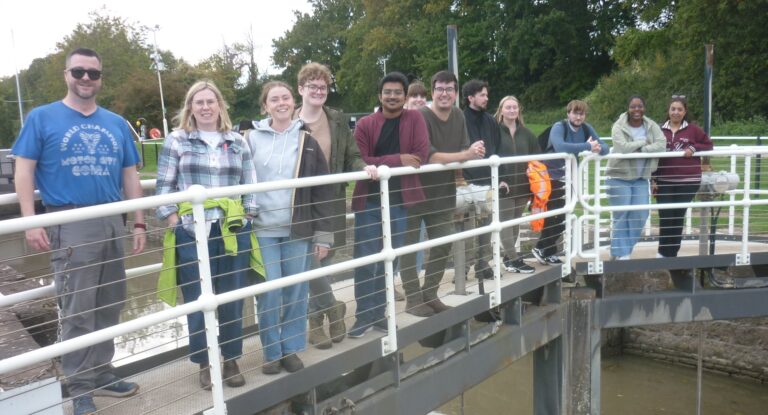
The scheduled site visit consisted of a tour round the Forest of Dean enabling the group to gain a useful overview of the place, its topography and geology, its farmland and townscapes, its history and cultural associations. The itinerary was followed to the letter and the weather held out with the sun shining for most of the afternoon.
At Cinderford we learnt of the former importance of coalmining to the economy of the area – here the group inspecting a memorial to the coal miners.
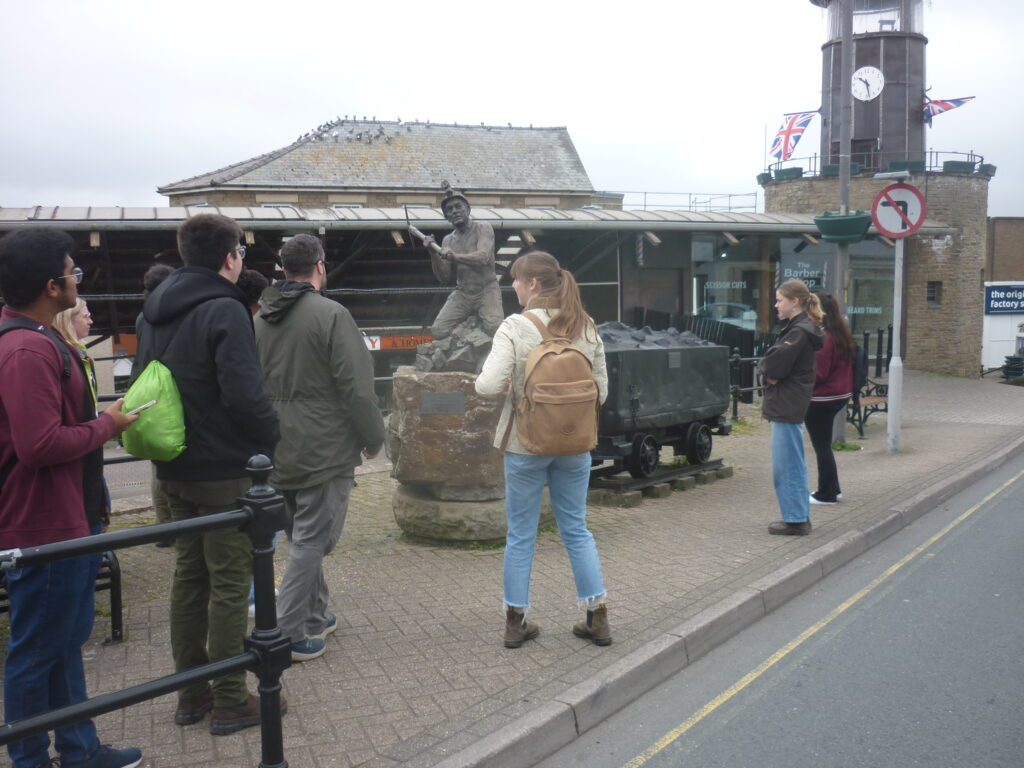
A street mural celebrated three local writers: Winifred Foley, Harry Beddington and Leonard Clark. Their work reflects their upbringing in the Forest of Dean, through dialect, nature and poetry.
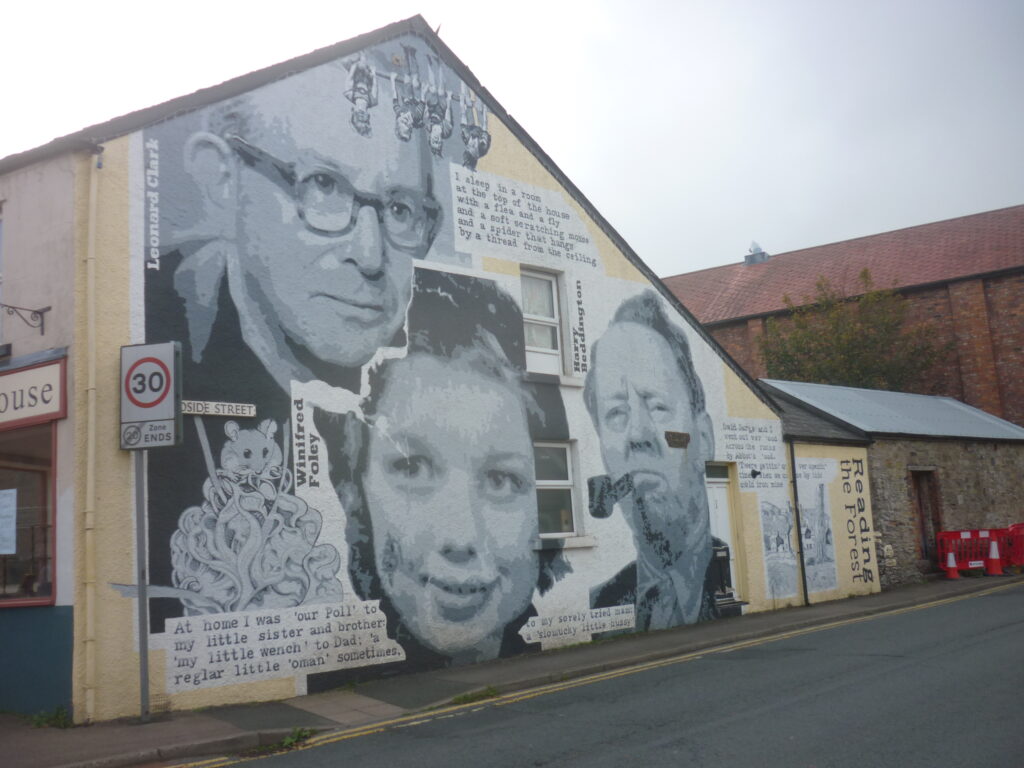
Here’s an extract from one of Leonard Clark’s poems
O, once I knew a deep and lovely wood
And often on its spreading floors I walked
And heard no echoing steps but mine.
I used to sit on green-mossed banks
Dangling my feet in tides of running fern;
In morning glades I stood
As overhead the pigeons talked
Their endless, muffled words;
The pheasant screamed amid the undergrowth
And troops of warring ants fought battles all day.
At Lydney we wandered up the high street to the level crossing where the Dean Heritage railway runs and watched a 1950s diesel loco on its way to Parkend. The forest is criss-crossed by a multitude of old railway and tramway routes originally serving the mines.
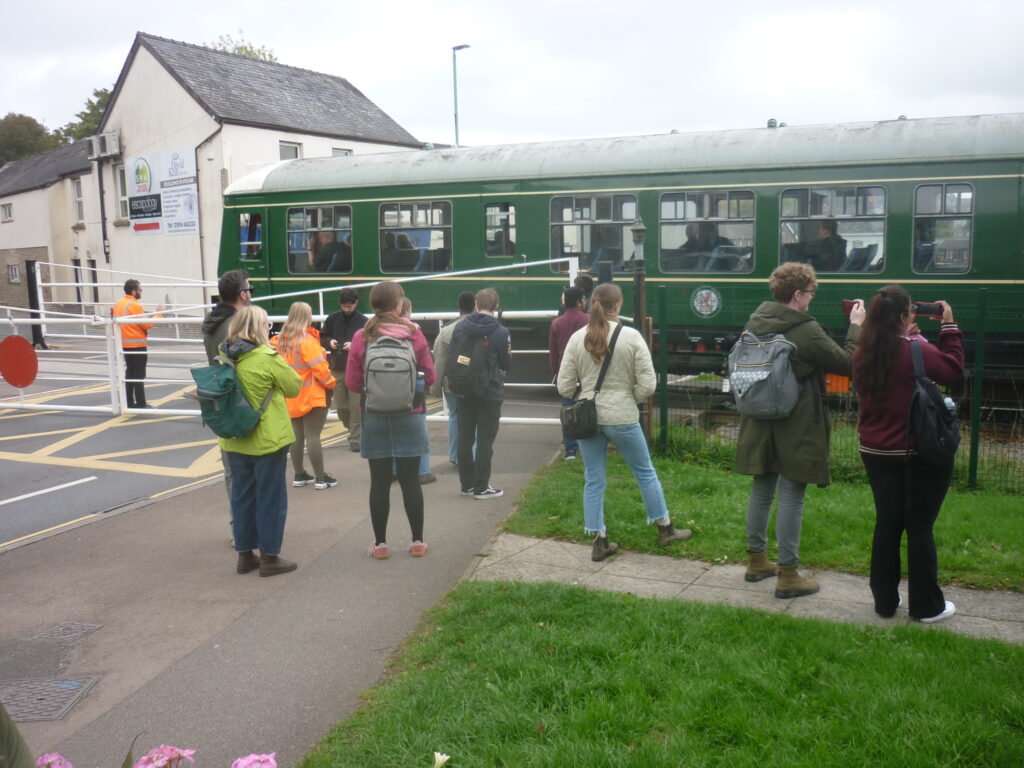
From Lydney we drove north through the ‘core’ forest stopping once to experience the unique character of a mixed deciduous ancient woodland – as remembered in Clark’s Woods poem quoted above.
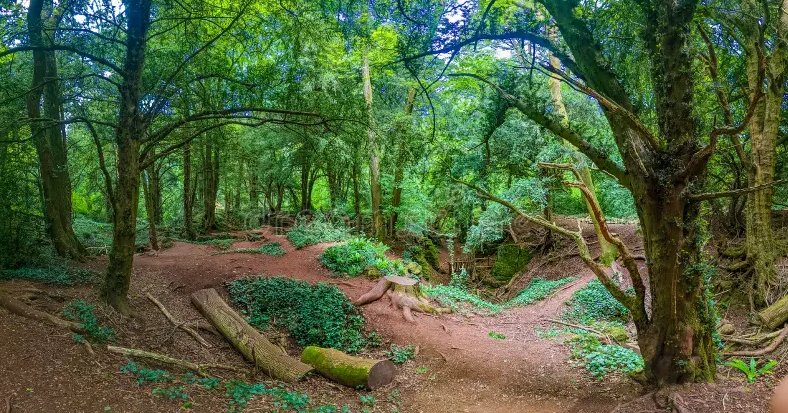
A lunch break was taken at Coleford, the administrative centre of the Forest of Dean district. Most thought the town a calm, attractive and interesting place. A long drive followed, heading south past St Briavels and onto Beachley formerly a ferry stop across the Severn until the road bridge was opened in 1966.
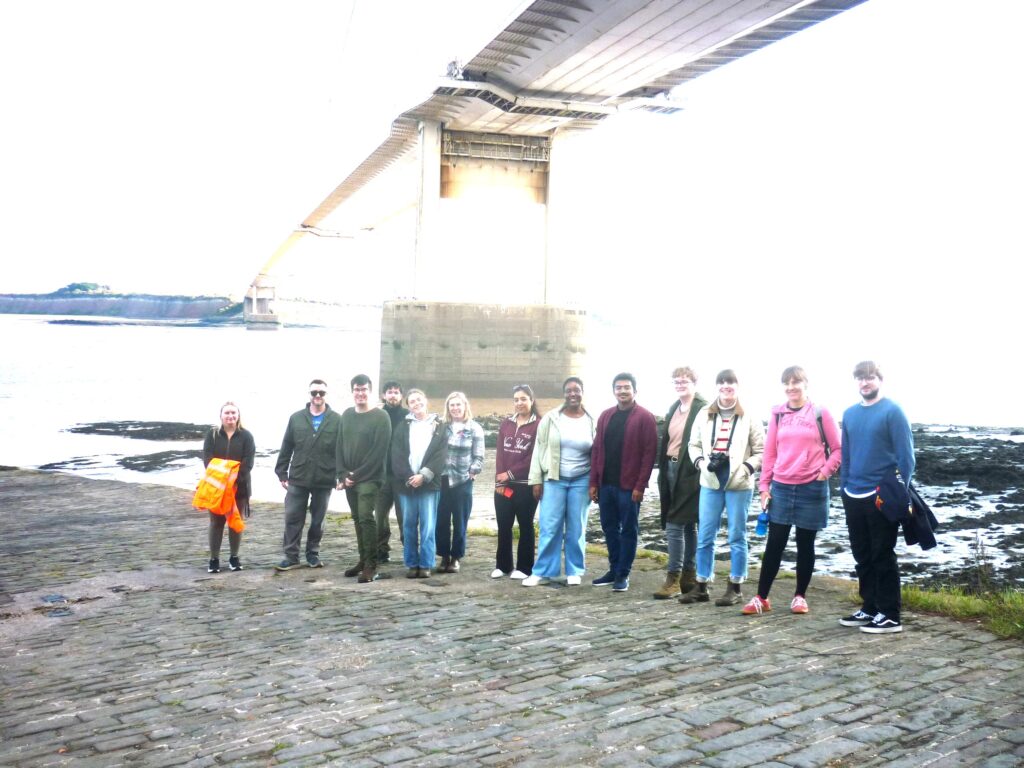
Group photo on the ferry ramp with Aust on the left bank in the distance. From here we returned to Lydney then to the harbour whence formerly coal was exported. The Lydney canal is now used only for leisure craft and the river lock is rarely used.
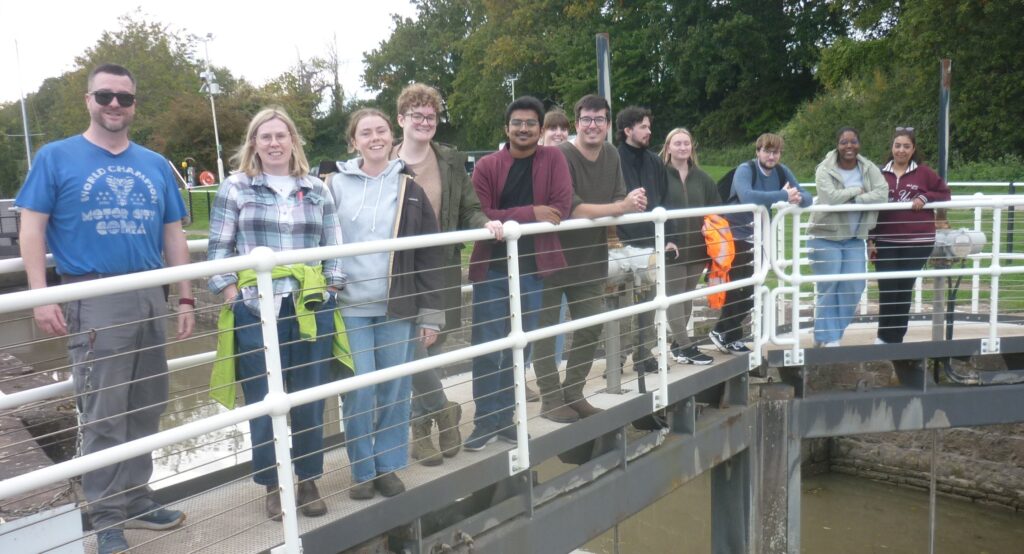
Finally our last stopping point on our return was at Westbury Court garden, a 17th century Dutch water garden. A calm place despite its location next to the busy A48.
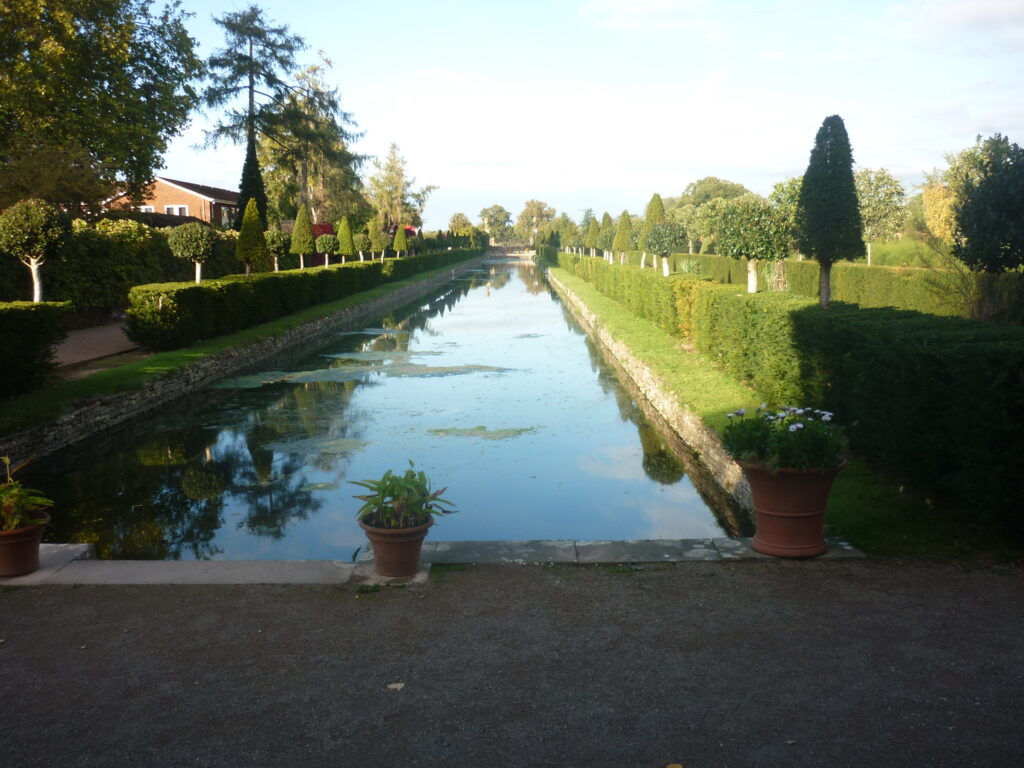
All in all, a successful day trip. Bob Moore 8/10/25
